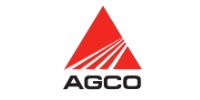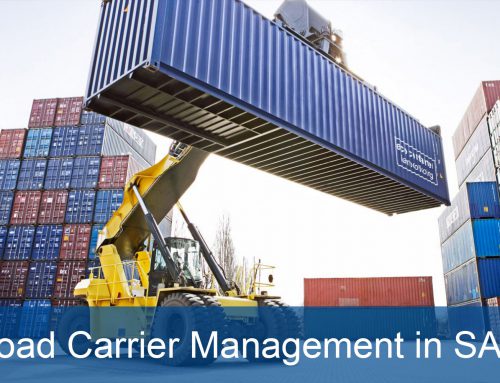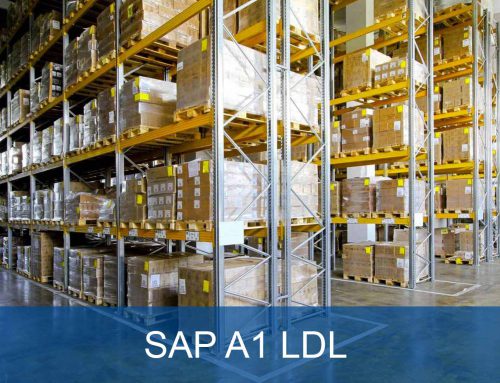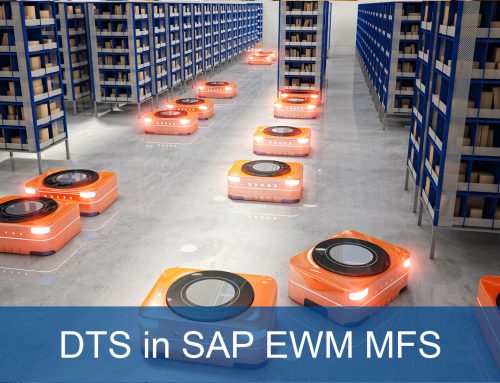SAP Extended Warehouse Management
Use of SAP EWM to Map Warehouse Processes Efficient, Flexible and Future-Prooved
SAP EWM- The Modern Warehouse-Solution
With SAP EWM, the warehouse processes can be controlled with an IT-solution in the standard. As a modern warehouse-management-system to control the Supply Chain, SAP EWM is a part of the SAP Supply Chain Execution Suite (SAP SCM). In contrast to SAP LES, in SAP EWM many functions are already complete integrated and offers a deep integration with SAP TM and SAP EM, the other components of the SCE Suite.
Optionally, SAP EWM can be licensed independent of SAP SCM and integrated as an Add-On in SAP ERP.
Companies use the functions of SAP EWM to optimize planning, control, execution and monitoring of the material flow. Beside the support of RF-devices, the solution makes the direct connection of automated storages, without an extra storage control, possible.
SAP EWM – Coverage of Market Requirements
- Supply chain networking & intralogistic processes
- Efficient use of storage space & central monitoring
- Flexible process modelling
- Inventory transparency
- Optimization of ressources
- Improvement of employee planning
- Support of logistics service providers in the warehouse
- Scaleability, suitable for all warehouse types
- Multi-customer warehousing
- Direct control of the automated conveyer systems
Basic Functions SAP EWM
SAP EWM is, as the Extended Warehouse Management, the SAP-Solution for all processes and functions in the warehouse administration and warehouse control. Through the generic systems approach, SAP EWM makes the high-flexible Design of many warehouse processes in the SAP Standard possible.
The Warehouse management solution SAP EWM supports the transaction of all goods movements, the administration of the inventories and the planned and efficient operation of all logistic processes in the warehouse- and all of that flexible and automated.
At a glance
SAP EWM is worldwide one of the high-performance standard software systems for warehouse management and control. SAP EWM is particularly suited to the integration of service provider and complex internal storage processes through the high process orientation. So, complex supply chain networks can be realized and mapped.
The Most Important Advantages of SAP EWM
- Planning, control and execution of the material flow within the storages in EWM
- Direct implementation of automated storages without an extra storage control (control over material flow calculator)
- Support of mobile technologies, e.g. RF, Pick-by-Voice, RFID
- Decision support with preconfigured analysis and monitoring of storage indicators
- Monitoring and optimization of incoming- and outgoing goods, inventory and supply processes
- Optimized processes in work management, storage disposition and packaging planning
SAP Extended Warehouse Management (SAP EWM) is part of the SAP Supply Chain Management (SAP SCM) Suite and is implemented as a decentralised warehouse management system to a central ERP-system.
SAP EWM is applicable universal and more flexible as the previous products.
Some Highlights of SAP Extended Warehouse Management (SAP EWM):
- Direct control and connection of automated storage-/conveyor-systems with integrated SAP Material Flow System (SAP MFS)
- New transport control: layout- or process-dependent multi-step-transports are possible, thereby the single-steps can be executed by different service providers
- Flexible administration of monetary and physical ownership of the inventories
- Workplaces are fully integrated in the new transport control for tasks like packaging, additional logistic services or kitting
- RF-frameworks make the individual design of processes for mobile data collection possible
- Coverage of the entire operational logistic
As Extended Warehouse Management, SAP EWM is based on the functions of the WM-module in SAP ERP and offers a number of new and extended functions.
There are functional differences between SAP WM and SAP EWM in the following areas:
- Incoming Goods:
Dispatch notification-processing, registration of incoming goods, deconsolidation, quality management, inventory management, warehouse organization, returns handling, stock order registration, storage control, additional logistic services, yard management, cross-docking, integrated customs processing - Internal Storage Functions:
Wave formation, supplies, inventory, scrapping, quality management, kit-to-stock, warehouse reorganisation, stock order registration, storage control
- Outgoing Goods:
Wave formation, consolidation, kit-to-order, packaging planning, stock order registration. Storage control, additional logistic services, yard management, cross-docking, integrated customs processing
- Process Supporting Functions
Work management, radio frequency (RF), monitoring/reporting, graphical storage layout, exceptional cases, serial numbers, inventory management, RFID at incoming and outgoing goods, material flow control, SAP transportation management
Result:
The full integration of SAP WM in SAP ERP is the greatest advantage towards SAP EWM. Business bookings in ERP can directly initiate the follow-up processes in the storage management.
Previously, a decentralized WM for performance-intensive storage management processes was recommended but the ERP-systems are meanwhile performant enough for the central SAP WM implementation. However, if a decentralized solution is required for certain reasons, SAP EWM is in most cases the better decision.
Extract from our References

SEW-EURODRIVE GmbH & Co KG
- Automation
- Turnover: 2,7 Mrd. € (2015/16)
- Employees: 16000 worldwide (2016)

AlzChem AG
- Chemicals
- Turnover: 295 Mio. €
- Employees: 1.400
AGCO
- Agricultural Machinery
- Turnover: 9,96 Mrd. $ (2012)
- Employees: 20.320 (2012)






